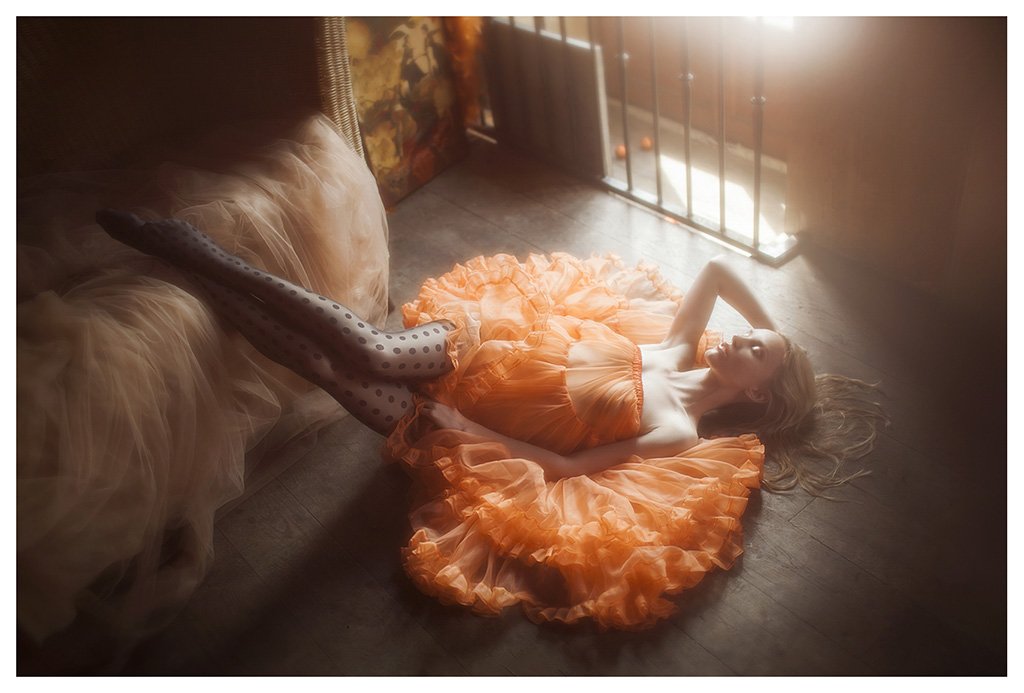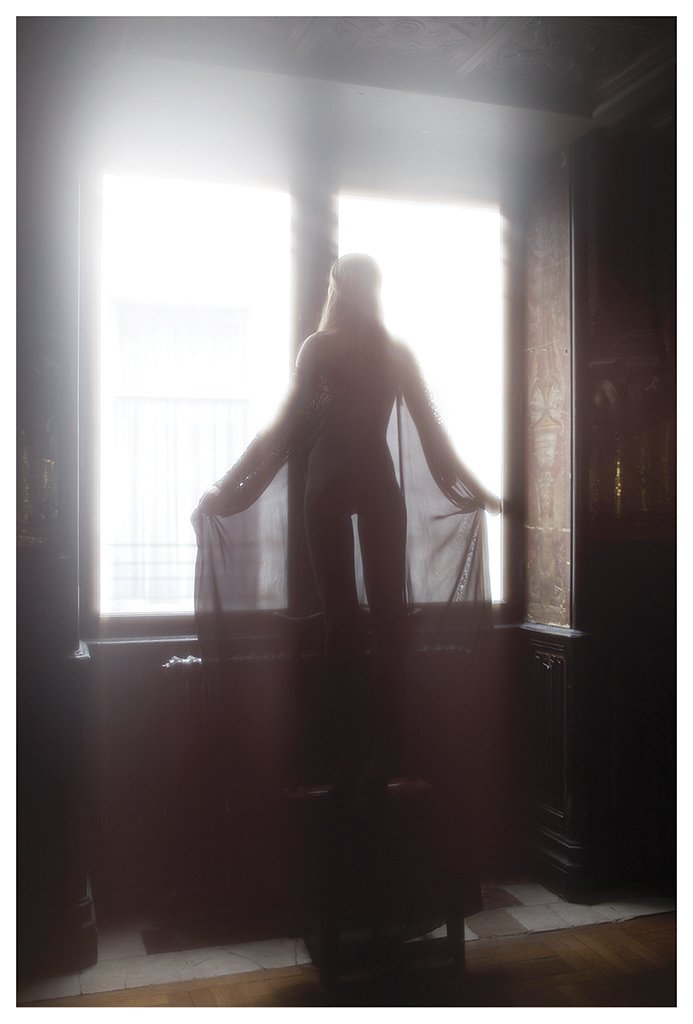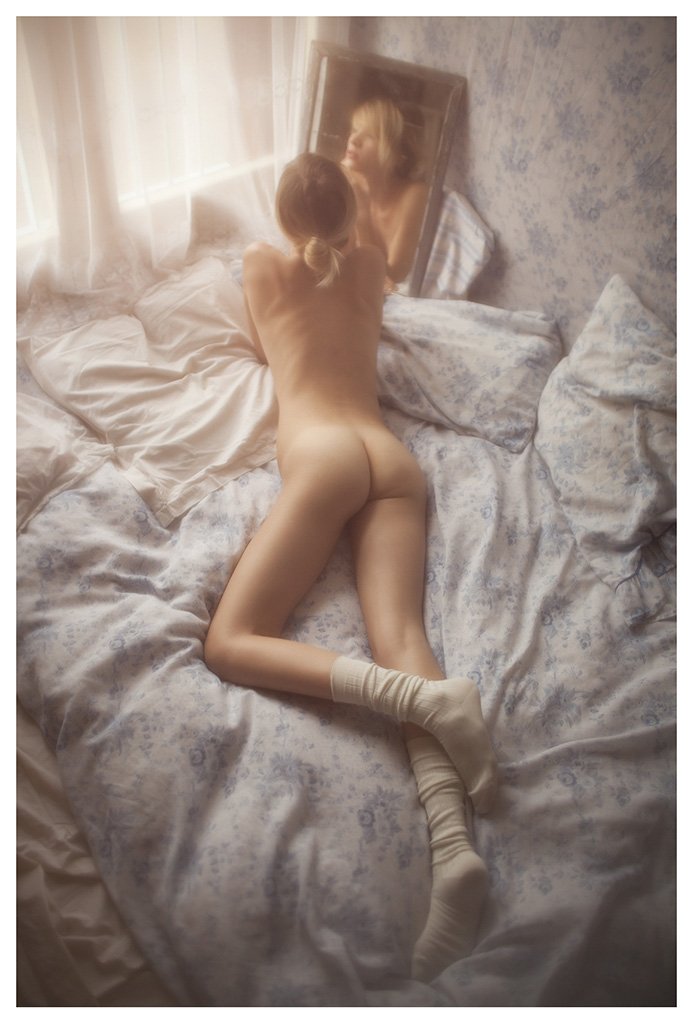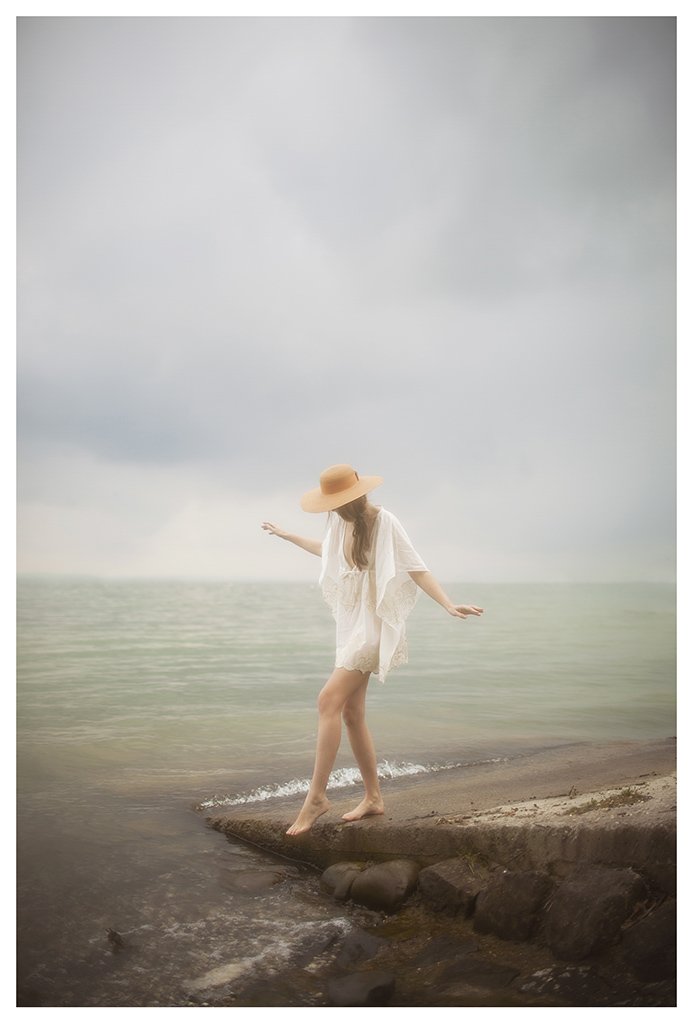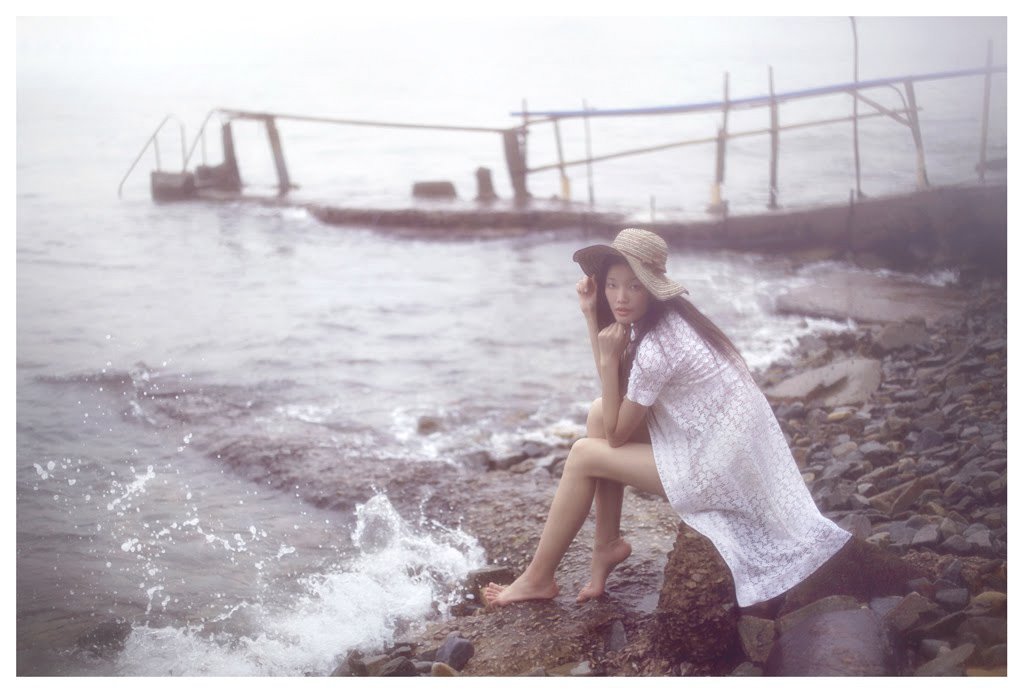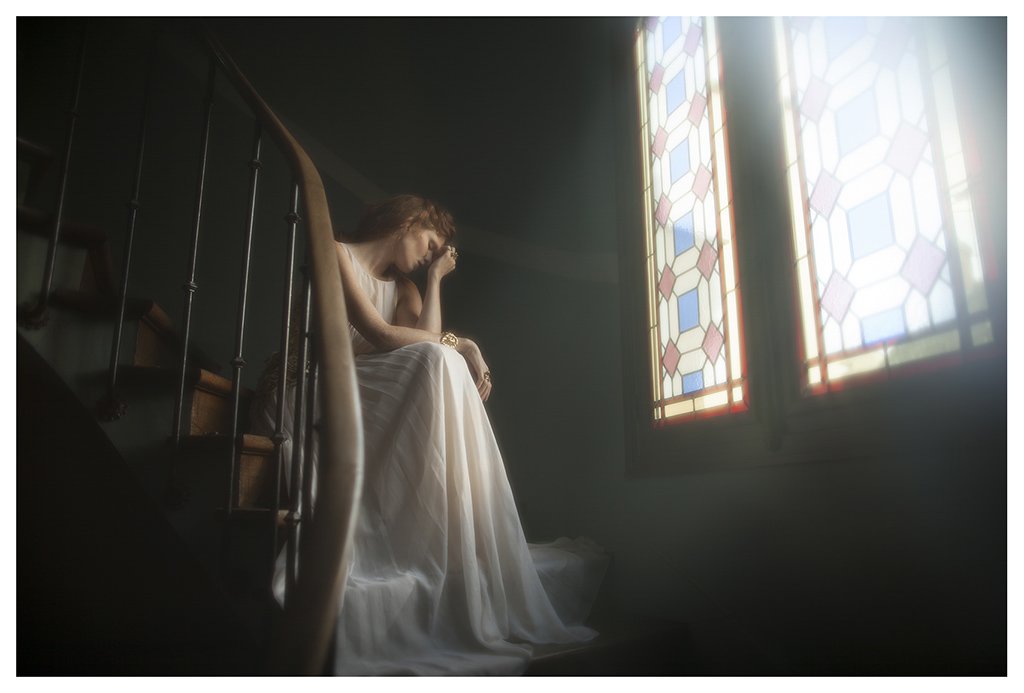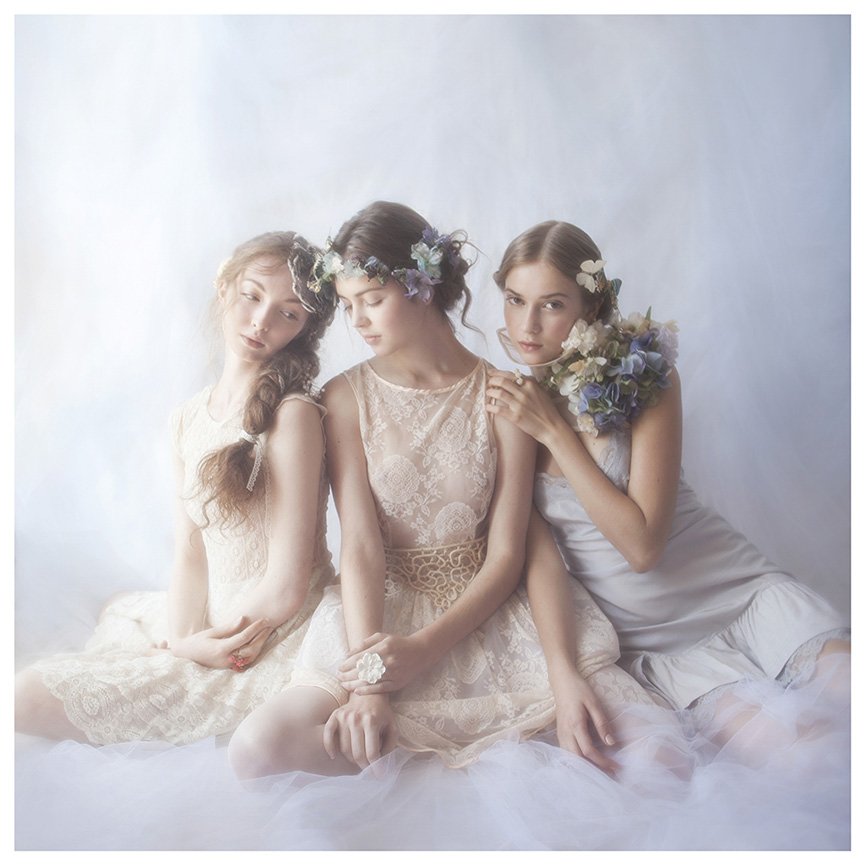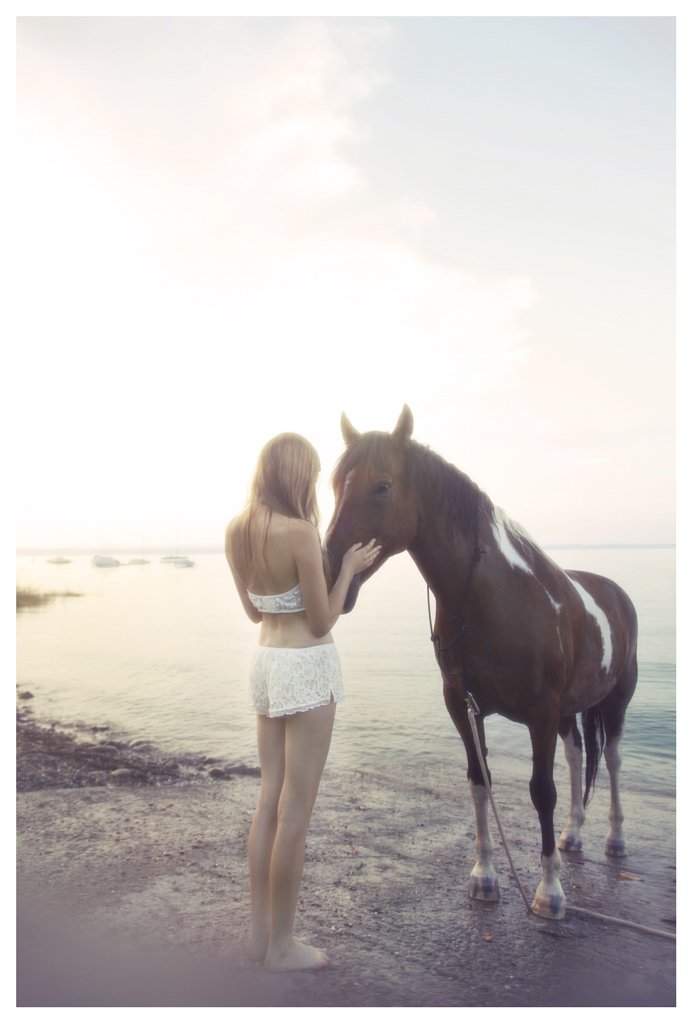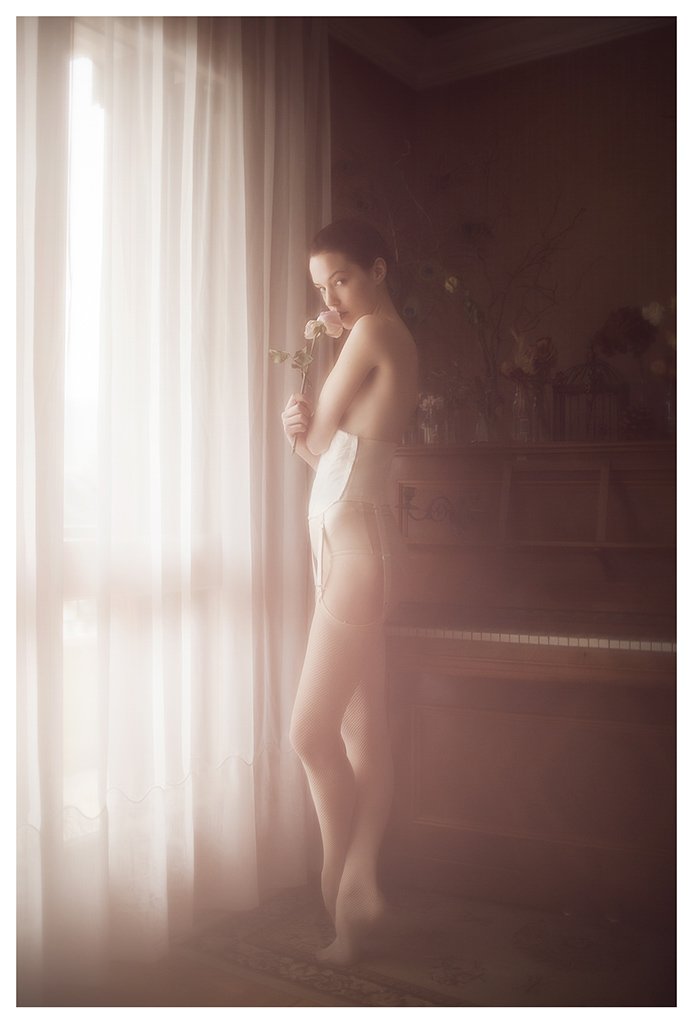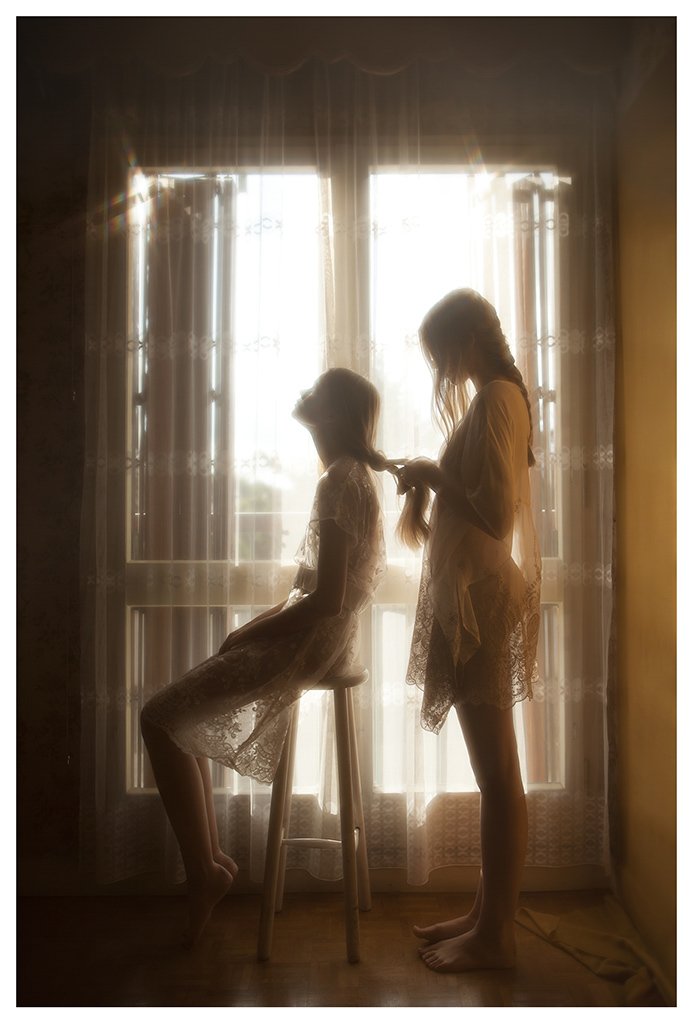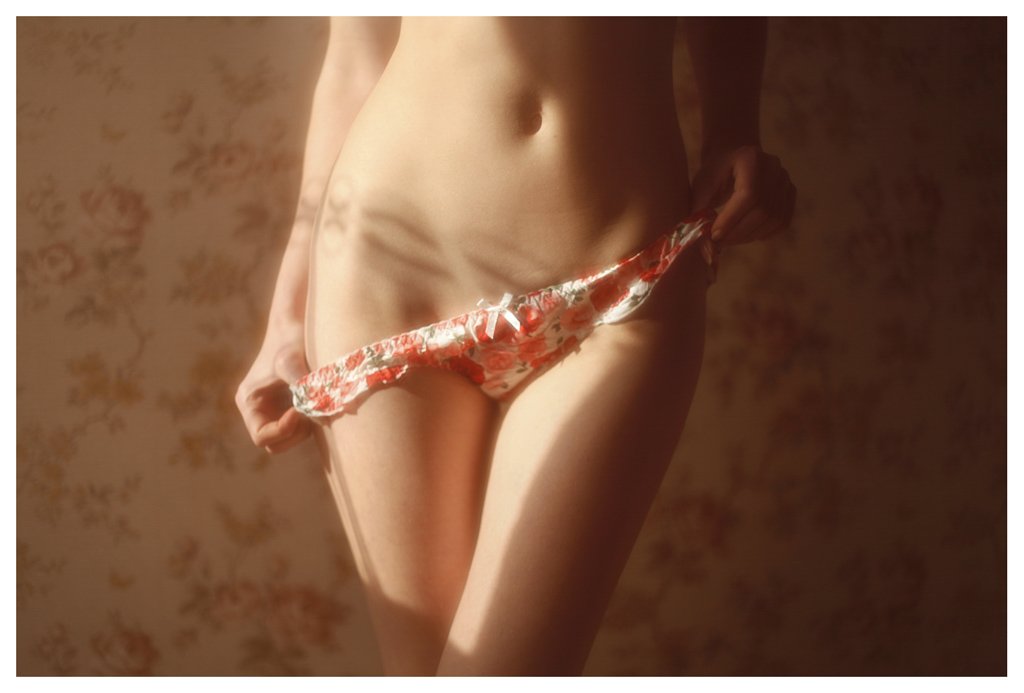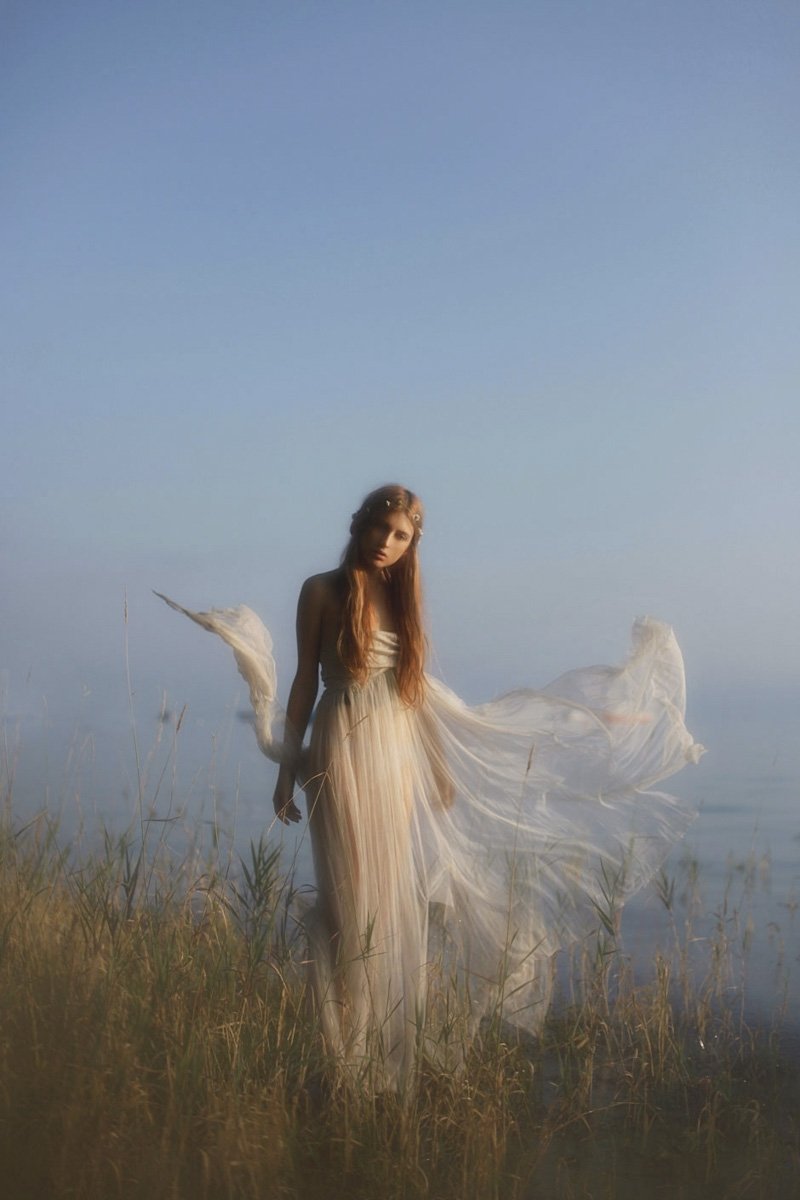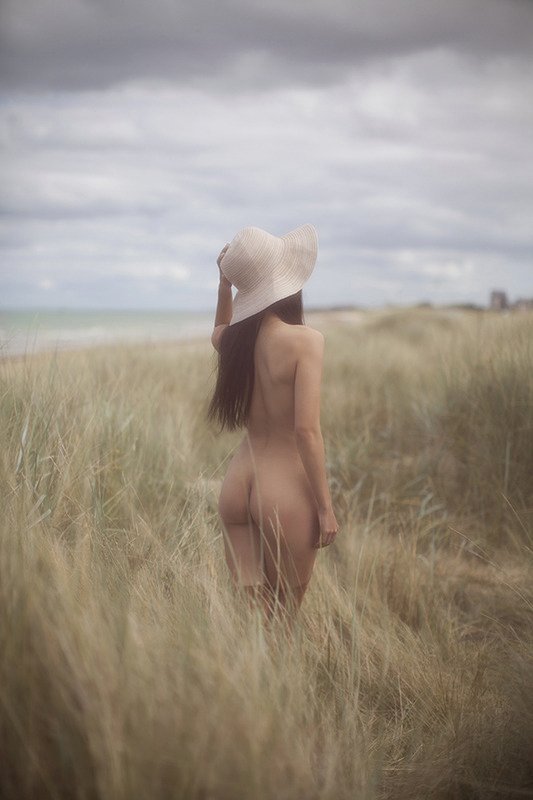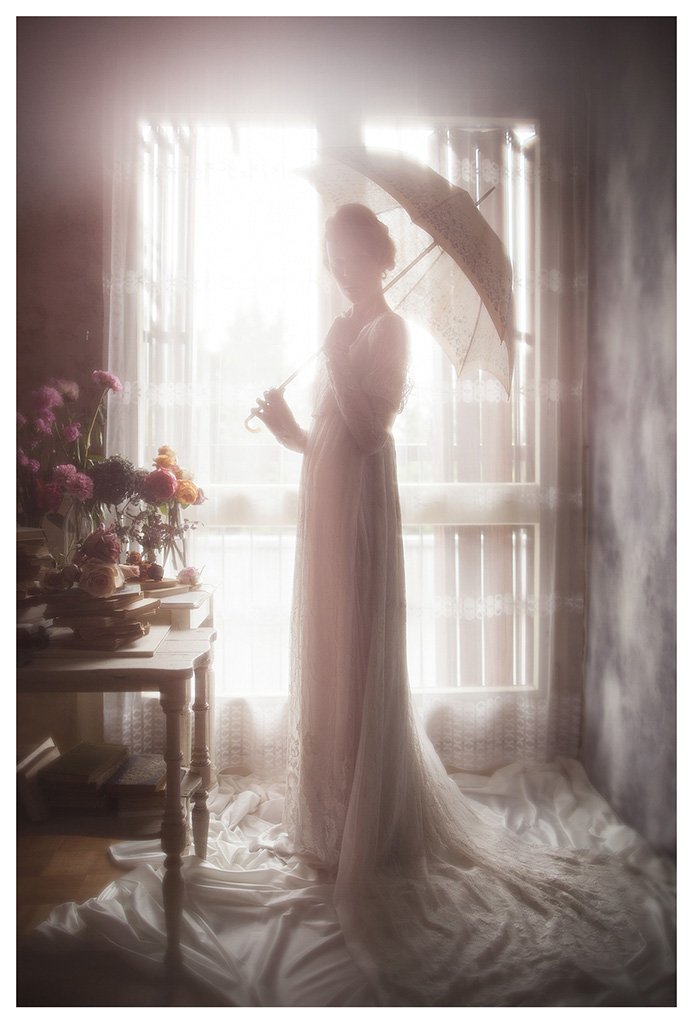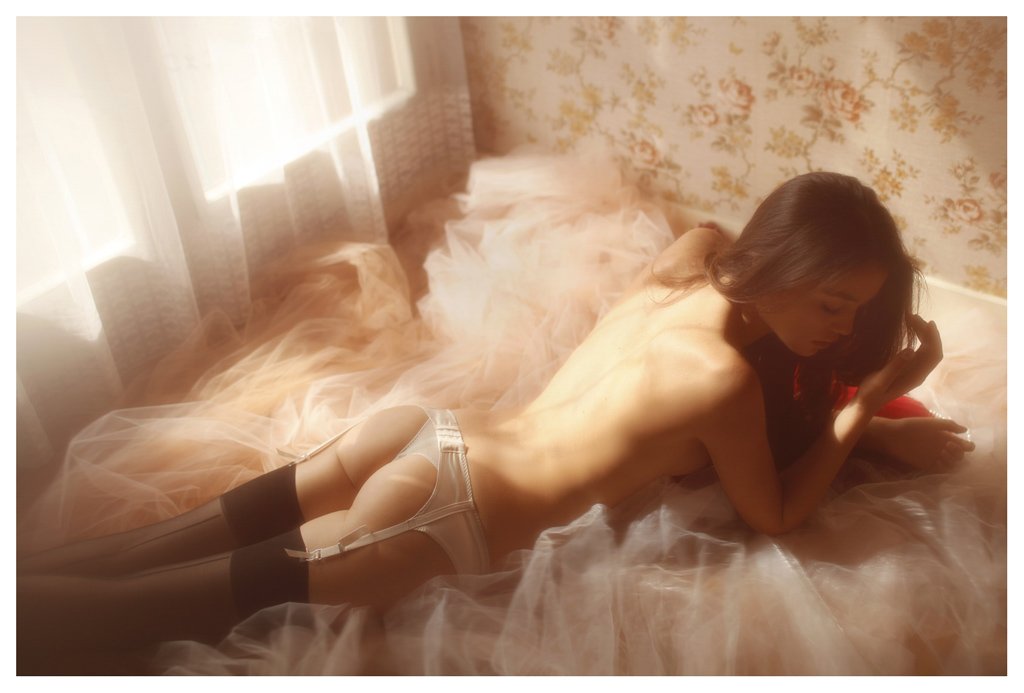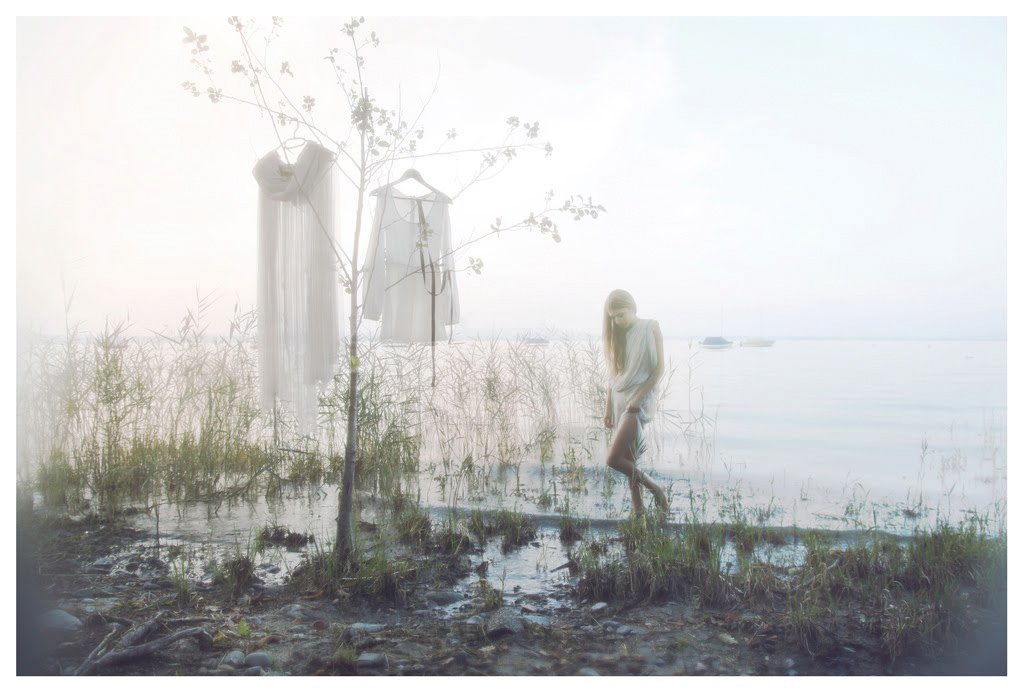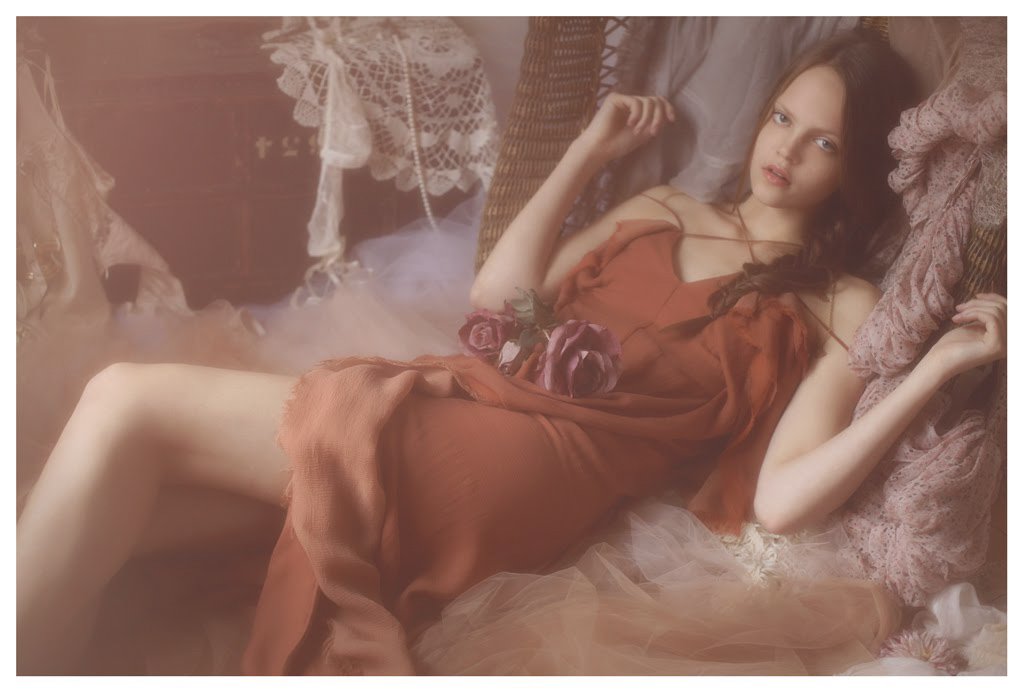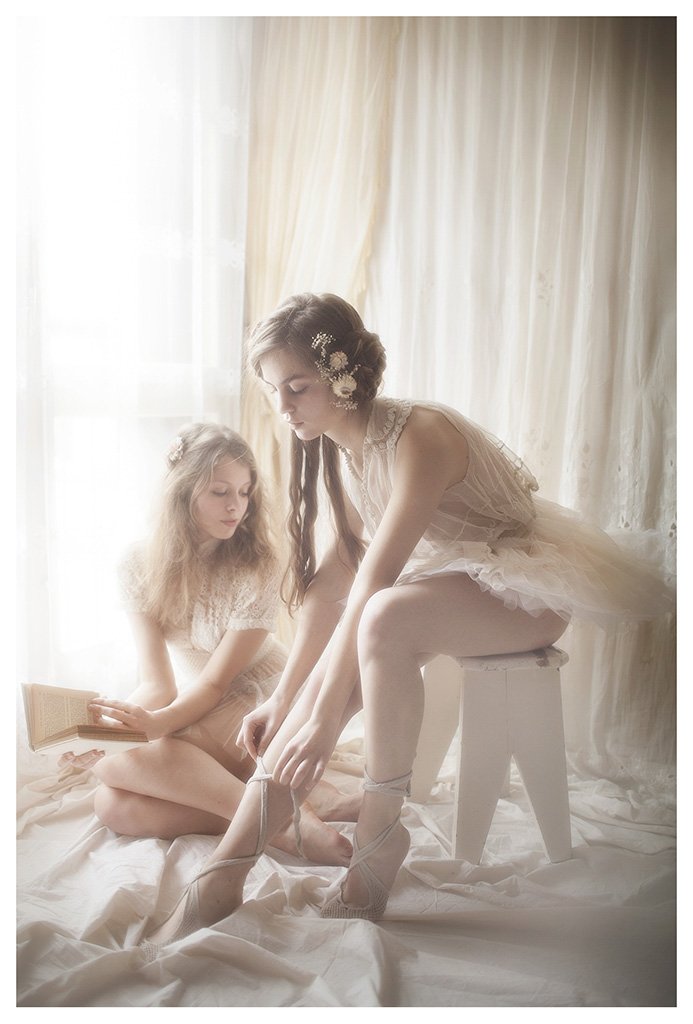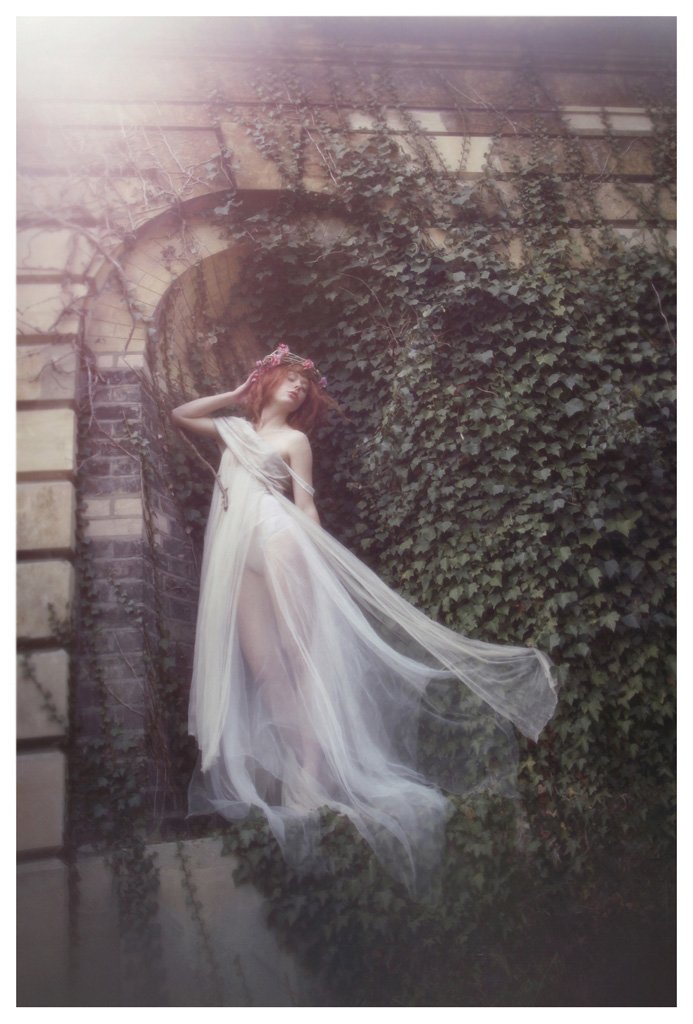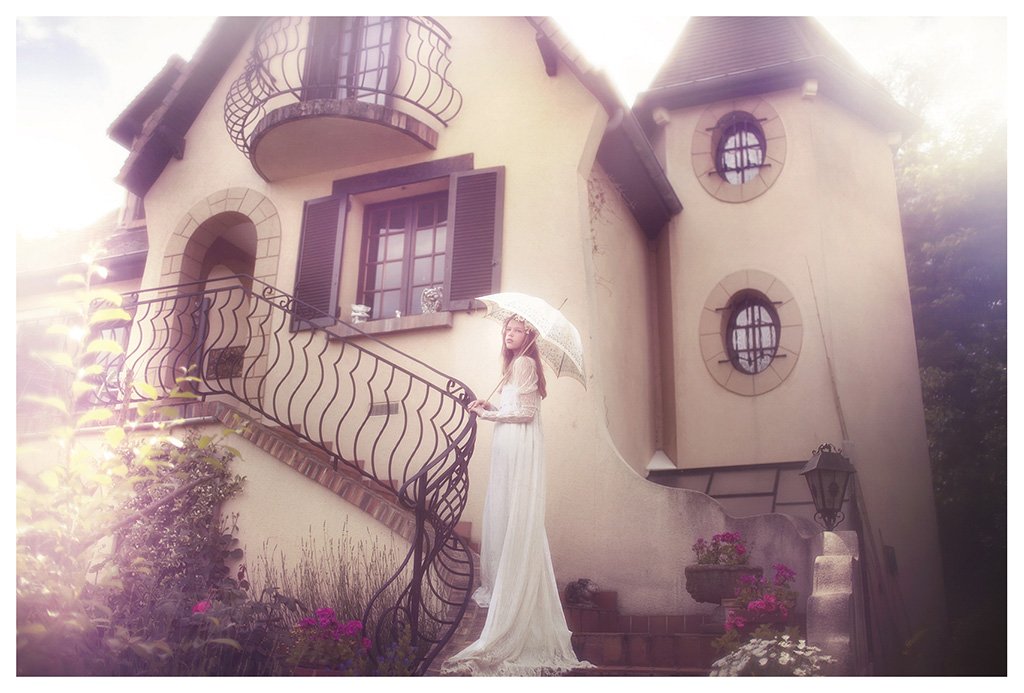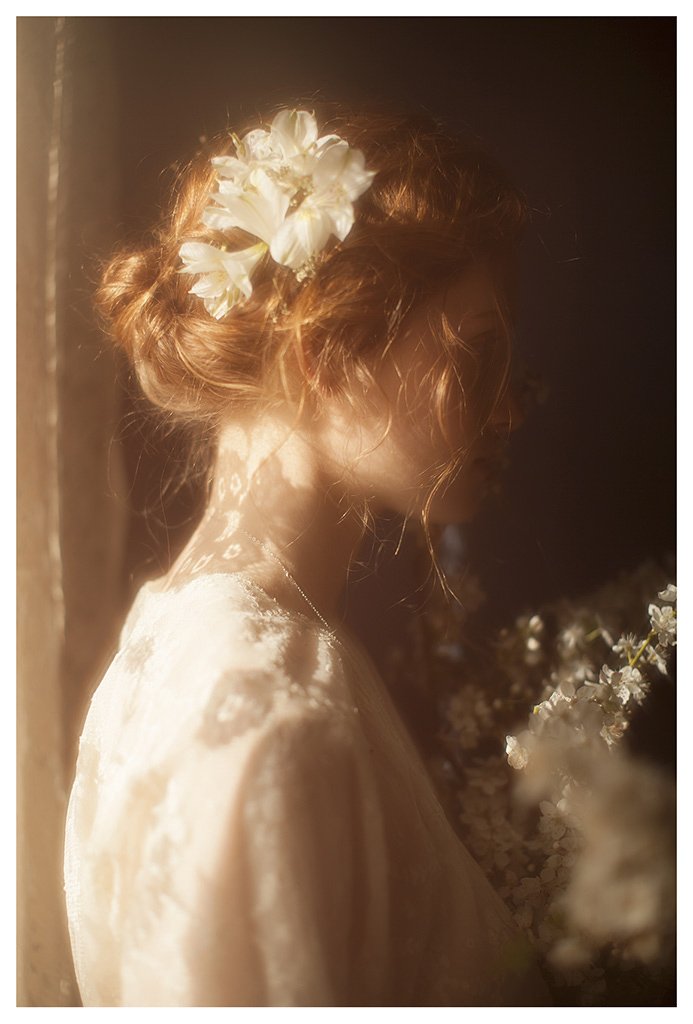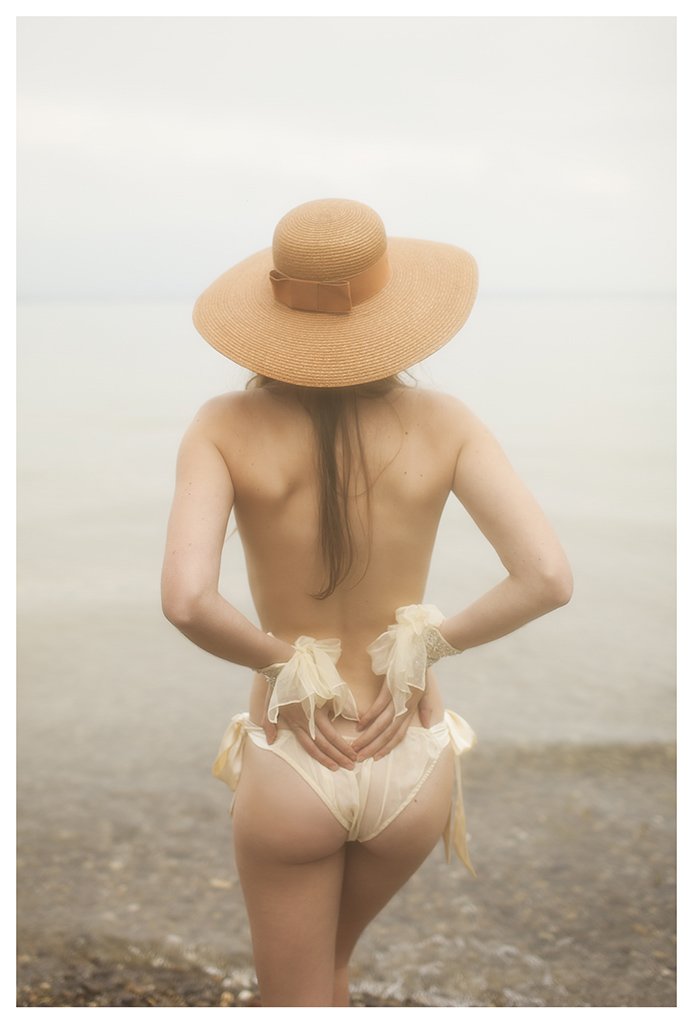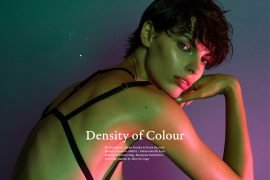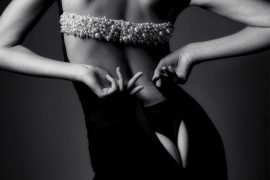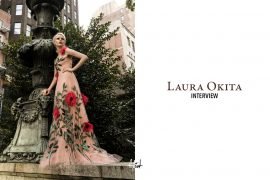Consistency and dedication would be two words to describe Vivienne Mok‘s approach to photography. The Paris based artist creates ambient visual stories, exploring the feminine and seeking beauty. Her images bear her own distinct signature; the use of light, the colour palette, the styling, the atmosphere of the sets, creating her own world. All these contribute to Vivienne’s images to stand out of the crowd, rendering them instantly and unmistakably recognisable. 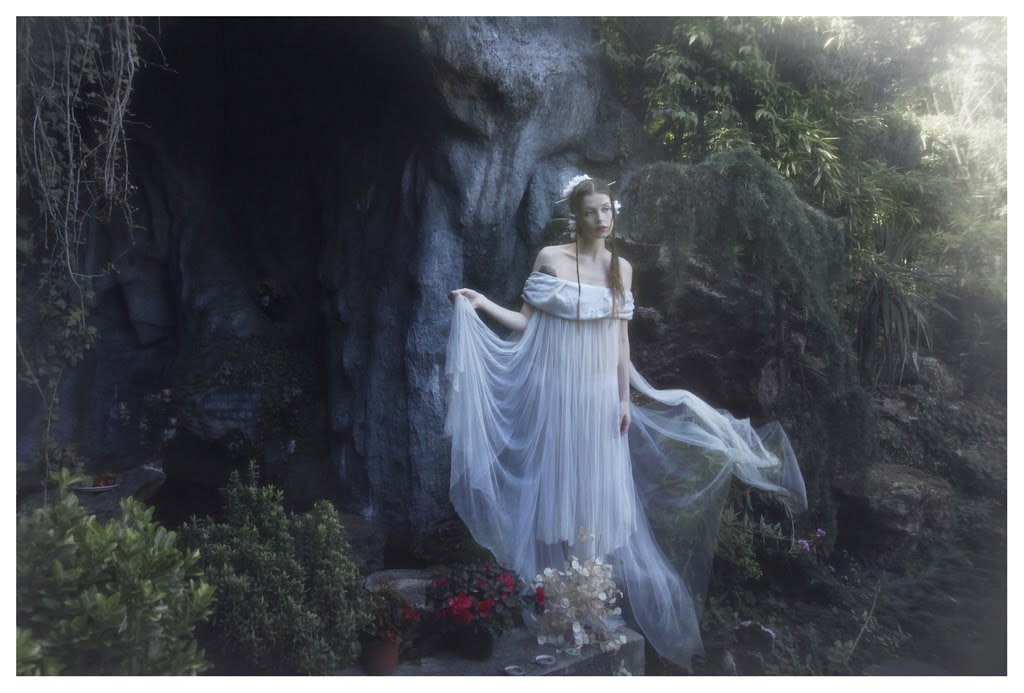
What attracted you to photography and how did you begin?
In the past I studied Fashion Design, and after I graduated I started working designing for a fashion house, so I had often the occasion to work with models and beautiful clothes, and I was also making some garments of my own in my free time.
I wanted to take pictures of my garments in a way that would tell a story, that would give a sense of narration to the garments. I started experimenting with the camera then and I guess everything followed through. Since then photography has been a very important part of my life.
In photography I found a way to freely express myself, while being able to pursue my search of beauty, and to be able to create my own world. I am also grateful that my partner has been very encouraging and helpful from the beginning.
What do you seek when making a picture?
When I take a picture, I want to convey an atmosphere, picture beauty and emotions, tell a story…
Your work shows a preference in using nature or retro indoor settings for your projects, avoiding urban landscapes and anything modern. Nature being timeless, whereas man made settings come with a specific temporal connotations. What is more, there is limited studio work, in the strict sense. Does it reflect a conscious decision or it just never happened?
It happened and evolved naturally like this. Perhaps because in the past I used to draw and paint a lot, I am naturally attracted to classic paintings since an early age. I find nature and light very inspiring, it is very important in my work. Not only is it beautiful, but it also conveys freedom.
As for the vintage indoor settings, I just really like to build my own sets, using vintage elements and soft fabrics, it gives a sense of privacy, and a cocooning feeling. While you have much freedom shooting in nature, you need to be flexible and take every situation as it is (weather etc), whereas the indoor work is a bit more “constructed” ahead of time.
I think the setting/scenery is very important to convey the mood of an image. I am just not attracted to skyscrapers and anything too modern looking, and think these elements just don’t fit with my soft photographic style.
Your work radiates a warm feeling of purity and innocence. There is a retro softness to it, muted contrast and pastel tones, reminiscent of David Hamilton. What is more, one can observe a number of constants that appear to reserve a special place in your work, braids in the hair, flowers, mirrors and sheer lace fabrics among others. What draws you in this style and why do you prefer it over others?
When I started experimenting with photography, I very quickly started to create this soft feminine style, so it just happened very naturally. Within this style there are all the elements that are dear to me: natural light, vintage elements, flowers, sheer and soft fabrics and clothes, beautiful and interesting faces, atmosphere, storytelling, etc… If you would see my home you can easily see the relation between my photographic style and my daily life.
How difficult is it for you to remain creative shooting indoors in locations that share many similarities?
I don’t think it is something difficult. I think that when you have a recognizable style there will always be some similarities in all of your work. I think that my work focuses a lot on the model as well, and since each person has a different face an personality, the result will be different. Also, I like to make some variation with the settings, sometimes just a simple fabric to do classic portraits, sometimes more lavishly decorated boudoir-like interiors, etc…
Colour is dominating your work, with the lack of black and white images being obvious. Was this inclination apparent from the outset or was it shaped gradually, and why so?
I actually really love a beautiful black and white picture. But when in comes to my work, it is true that I naturally tend to go for color, maybe because it is softer and more romantic (black and white has usually more contrast I think), I’m not sure but I just prefer working with colors.
How spontaneous is the photographic process for you? You shift roles, stylist, make up artist, hair stylist, set decorator and photographer. Do you do spend time pre-planning, storyboarding etc or do you rather let creativity flow during the session?
It really depends. Usually I do set a theme for each shoot, this will be the guideline for the styling that I will choose, the setting and the overall mood I am going for. Sometime I write down notes as a guideline or if I have a specific shot in mind, at other times I just have a rough direction and let it evolve naturally during the shooting. Especially when I am working outside, things always tend to be different than expected, which actually turns out to be a good thing.
I think a picture is a “whole” and every elements that are in it are important (the model, the set, the styling, etc). I usually work one-on-one, which is just for me more natural, quick and spontaneous, my pictures are very natural so there is no complicated make-up or hair style involved most of the time.
And as for styling, it is something that I like and think is natural for me, as making garments is one of the elements that led me to photography, and it is still something I enjoy doing (though I haven’t had much time for that for a while), and I have been collecting vintage garments for years. I even started a clothing online shop this year (https://viviennemok.tictail.com/).
What is your view towards nudity and its different aspects? How do you approach the subject?
Nudity I think, should be something natural. We all have a body and we should respect it whether it is thin or curvy. I think the female body is very beautiful and I want to portray it in a respectful, positive and subtle way. I do not like nudity for nudity, it is important for me to keep it subtle. I only do full nude shots with models I know are comfortable with that. I prefer partial nude shots or shots playing with sheer fabrics.
How do you define beauty?
I think everyone has his/her own definition of beauty. I think at times it is a mixture of harmony and something unexpected (like a special feature, a very intense look or something a little awkward in the proportions for example). Sometimes I see something or a scenery that touches me deeply and to me it is beautiful.
And what would the essence of a good picture be, according to you?
A good picture is one that tells a story, that touches you and can bring out emotions in people.
If you had to introduce yourself as a photographer with a single image, which one would it be and why?
I think that’s a bit difficult to chose just one file, but I have chosen 4 pictures which summarizes my work:
- One of my favorite: vintage wallpaper, old books, flowers and a red hair girl, elements you will often find in my work.
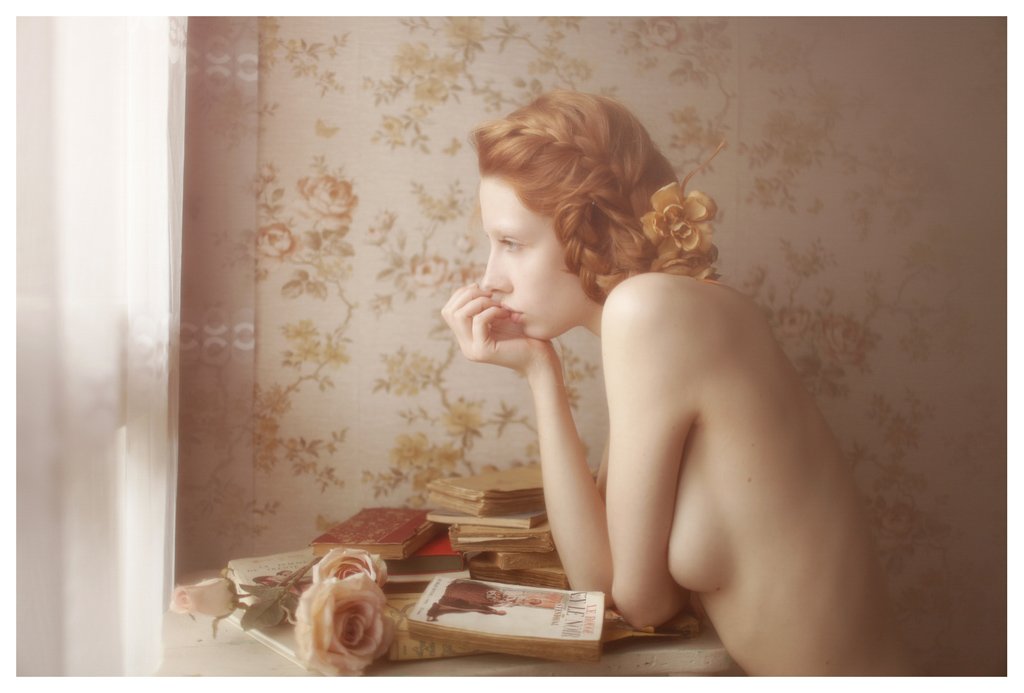
What is your opinion of the fashion industry.
I have some mixed feelings about it. I have worked in the industry, also as a designer, and think that it is not an easy industry to say the least. But I am grateful for everything I have learned from it too.
Where do you draw inspiration from? Are there favourite artists or works of art, books, films, music, that you hold dear?
From things from my daily environment, beautiful landscapes, moody movies, pretty old things that have a tell a story, nature, light, antique clothing, people with a beautiful personality… etc. While on set, it is most importantly the person in front of the lens, I find faces fascinating.
Do you ever get disappointed with photography?
I guess everyone can have a bad day! But for me photography is something that is evolving with me and that helps me to grow as a person too, it’s important to keep a minimum of distance to what you do, that helps to relativize.
In the end of the day what does fulfill you as a person?
Simple things really, being around those you love, spending a cozy evening, etc…
What should we expect to see in the future?
Who knows…? 🙂
Interview conducted by Demetrios Drystellas

